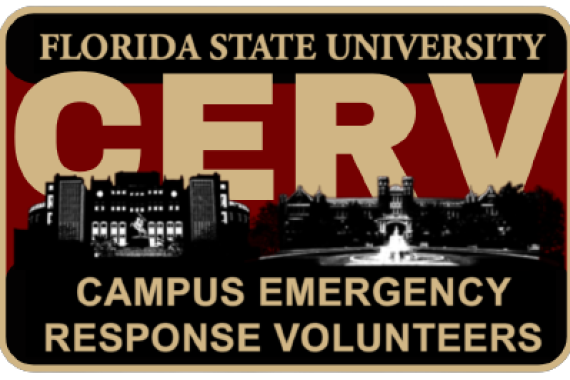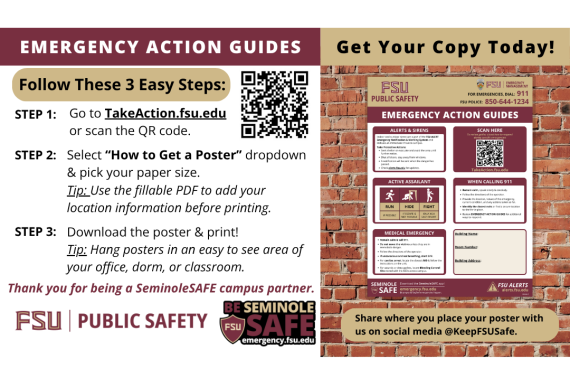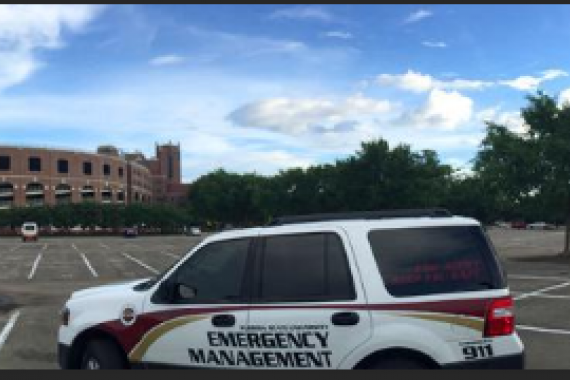What happens to people caught in a rip current?
People get in trouble when they are moved so far offshore that they are unable to get back to the beach because of fear, panic, exhaustion, or lack of swimming skills.
Are all rip currents dangerous?
Rip currents are present on many beaches every day of the year, but they are usually too slow to be dangerous to beachgoers. Certain wave, tide and beach shape conditions can increase rip currents to dangerous speeds.
How big are rip currents?
Rip currents can be as narrow as 10 or 20 feet in width though some may be up to 10 times wider. The length of the rip current also varies. Rip currents begin to slow down as they move offshore, beyond the breaking waves, but sometimes extend for hundreds of feet beyond the surf zone.
How fast are rip currents?
Rip current speeds can vary. Sometimes they are too slow to be considered dangerous. However, under certain wave, tide and beach conditions the speeds can quickly become dangerous. Rip currents have been measured to exceed 5 mph, slower than you can run but faster than you or even an Olympic swimmer can swim. In some cases they have been measured as fast as 8 feet per second. This is faster than the speed at which an olympic swimmer can swim a 50-meter sprint. Under most tide and sea conditions rip currents are relatively slow. However, under certain wave, tide, and beach profile conditions the speeds can quickly increase to become dangerous to anyone entering the surf. The strength and speed of a rip current will likely increase as wave height and wave period increase.
Where should I look for rip currents?
Rip currents most typically form at low spots or breaks in sandbars, and also near structures such as groins, jetties and piers. Rip currents can occur at any beach with breaking waves, including the Great Lakes. Rip currents can be difficult for the average beachgoer to identify. Look for differences in the water color, water motion, incoming wave shape or breaking point compared to adjacent conditions.
What are some signs of a rip current?
- Channel of churning, choppy water
- Area having a notable difference in water color
- Line of foam, seaweed, or debris moving steadily seaward
- Break in the incoming wave pattern
- One, all, or none of the clues may be visible.











